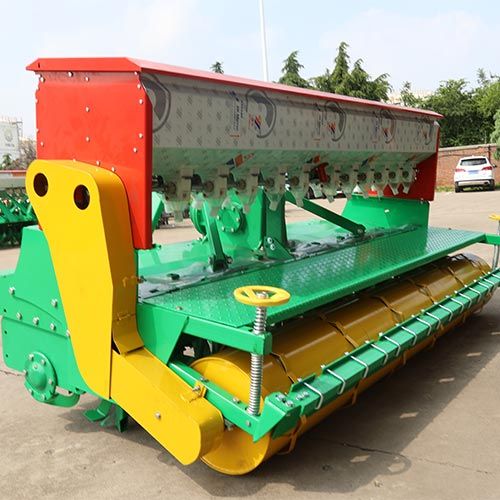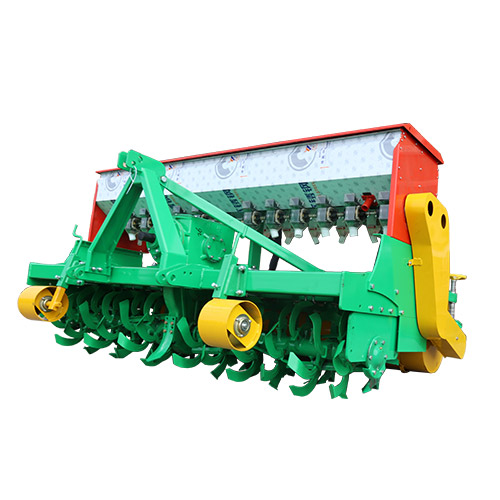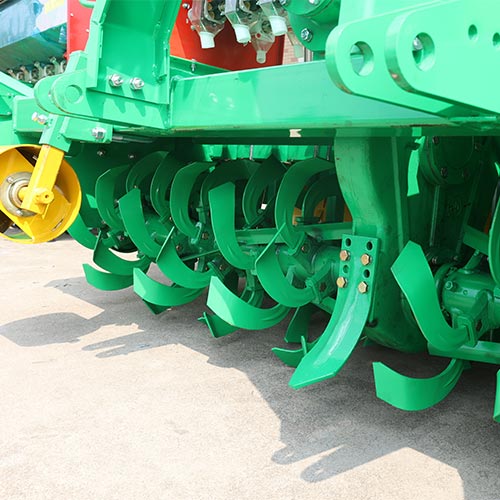Introduction
Planting corn is an important part of many farming operations. Using the right corn seeder can make a big difference in the success of the crop. There are various types of corn seeders available on the market, each with their own advantages and disadvantages. This article will discuss the key factors to consider when choosing a corn seeder, to help farmers select the optimal option for their needs. We will cover seeder types, planting capacity, adjustments, maintenance needs, and more. By the end, readers should feel well informed to make the best decision for their farm.
Seeder Types

The first major consideration is choosing between the main types of corn seeders: planters versus drills.
Planters: Corn planters are specifically designed for planting corn seeds in rows. They come with planting units that are spaced according to row widths, usually between 15-40 inches apart. Planters allow for very precise planting of corn seeds at optimal depths and spacing within the rows. They generally provide good seed-to-soil contact for ideal germination. However, planters require more field preparation with tilled rows compared to drills. They also have a higher upfront cost than drills.
Drills: In contrast, corn drills broadcast or drop corn seeds across a wider planting area without tilled rows. They work well for no-till or reduced tillage systems. Drills typically have lower initial costs than planters. However, they provide less control over seed placement and depth uniformity than planters. It can be harder to achieve optimal plant populations and spacing with drills.
Planting Capacity
The next factor is the planting capacity, or the number of acres a corn seeder can plant per hour. Bigger and wider seeders will generally have higher capacities. Planters tend to have lower capacities than drills due to handling one row at a time. Consider your average field sizes and how many acres need to be planted in your season to determine the appropriate minimum capacity. Table 1 below shows some common planting capacities for different seeder types.
Table: Approximate Planting Capacities by Seeder Type
| Seeder Type | Capacity (acres/hour) |
|---|---|
| 8-row 30-inch planter | 8-12 |
| 12-row 30-inch planter | 12-16 |
| 15-row 30-inch planter | 15-20 |
| Broadcast seed drill | 15-30 |
Adjustments and Customization

Look for a seeder that is easily adjustable and customizable to your specific needs and field conditions that change over time. Key adjustments to consider include:
- Row and plant spacing: Look for seeders that allow adjusting row widths or plant spacing to optimize for your soil and hybrid types.
- Planting depth: Uniform and proper planting depth is critical for germination. Select a seeder with adjustable depth wheels or press wheels and easy access for cleaning.
- Seed and fertilizer rates: The seeder should be able to change seeding and fertilizer rates to account for soil fertility or plant population adjustments.
- Metering systems: Sphere or disk meters generally provide more accurate and consistent seed spacing than fluted rollers or brush meters.
Maintenance and Durability
Simple, durable construction is ideal to minimize maintenance demands. Key areas to assess include:
- Frame strength and weight: Heavier construction is better able to handle rough, wet fields without flexing or bouncing.
- Moving parts: Look for seeders with fewer complex moving parts that are easy to access, service and replace if needed. Grease fittings help reduce wear.
- Drive train: Choose a drive system with a PTO shaft, hydraulic motors or electric motors as needed for your tractor. Shaft or gear drives require less maintenance than chains or belts.
- Seed and fertilizer boxes: Galvanized or painted boxes resist corrosion better than bare metal. Ease of emptying and cleaning is also important.
- Calibration: The seeder should have simple, quick calibration procedures to save time and ensure accurate seeding rates.
Conclusion:Corn Seeder
Choosing the right corn seeder requires evaluating your farm’s unique needs and conditions to select the optimal type, size, features and brand. Key factors include planting method, capacity, adjustments, maintenance needs and cost considerations. An informed decision upfront pays off with improved stands, yields and productivity for many years of use. With the right seeder, farmers can optimize corn planting and profitability.
FAQs
Q: What is the difference between a planter and drill in terms of field preparation needs?
A: Planters require tilled, smooth seedbeds with rows for precise seed placement. Drills can plant into untilled fields or residue with less field preparation since they broadcast seeds across a wider area.
Q: How many rows should I consider for my farm size and equipment?
A: In general, a 12-row planter works well for most mid-sized farms from 100-500 acres. For larger farms, consider a 15-18 row planter for higher productivity.
Q: What are the advantages of an air seeder over a gravity wagon?
A: Air seeders use a blower system to evenly distribute seed and fertilizer for more accurate, consistent planting. Gravity wagons can cause bridging or uneven flow problems, especially with small seeds like corn.
Q: Should I buy new or used?
A: A high-quality used planter several years old can be a good value if well-maintained. Consider the frame condition, wear of planting units, and service/repair history. New planters have a warranty but higher upfront cost.
Q: What are the best brands for heavy usage corn planting?
A: Top brands known for durability include John Deere, Case IH, Kinze and White Planters. Precision Planting and Yetter are also respected seeder manufacturers.


